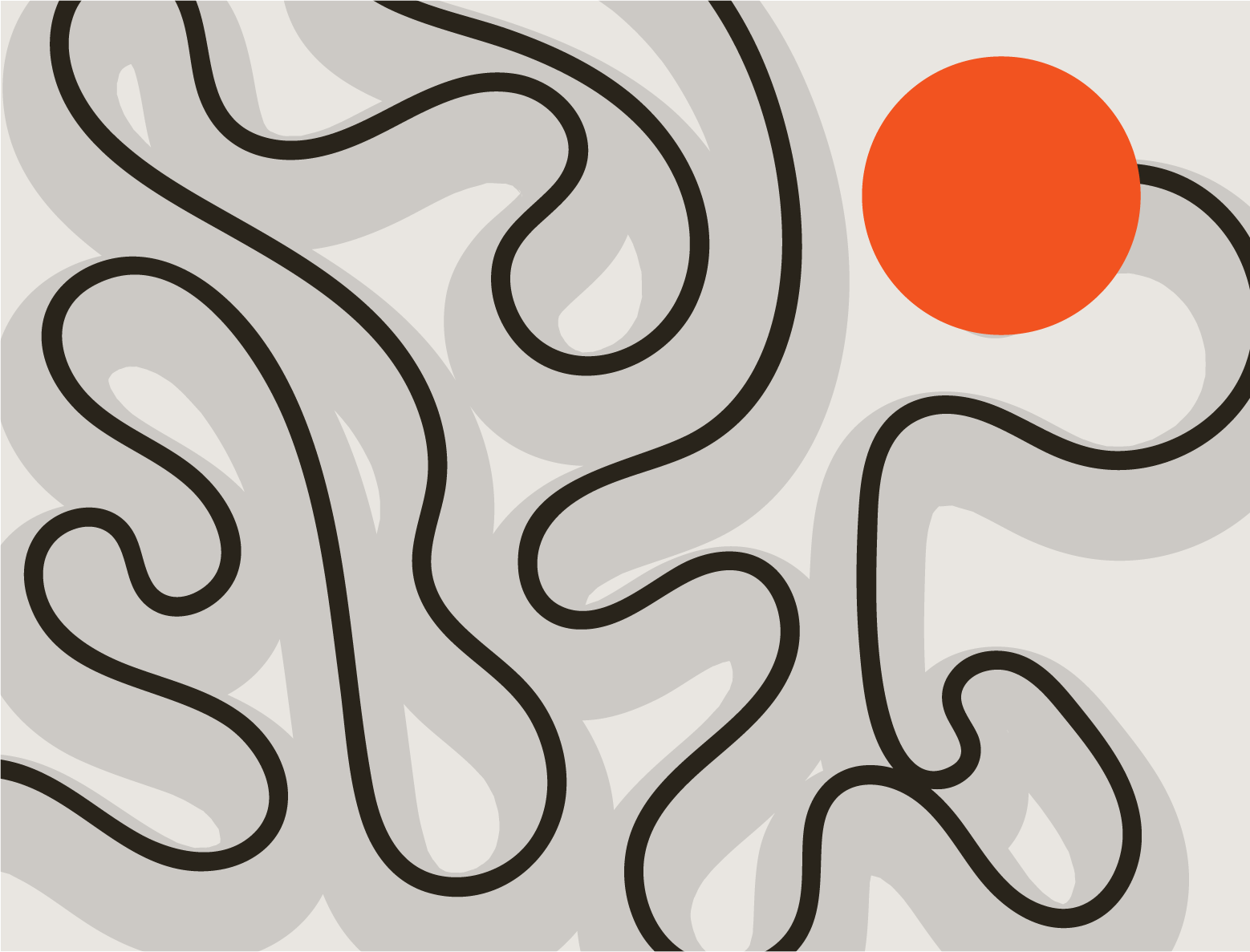Targeted Therapies: Precision Medicine for a New Generation
In the race to revolutionize targeted therapies, the efficiency of payload delivery is critical. For years, the focus has been on optimizing vectors and lipid nanoparticles (LNPs) as the primary delivery vehicles. While these technologies have advanced significantly, it’s time to think beyond these conventional methods and explore innovative approaches that could redefine the delivery landscape.
The Limits of Vectors and LNPs
Vectors, both viral and non-viral, and LNPs have become industry staples due to their proven ability to transport genetic material and other therapeutic agents. However, these platforms come with inherent limitations:
- Immune System Challenges: Viral vectors can trigger immune responses, reducing their efficacy and posing risks to patients.
- Manufacturing Complexity: Both vectors and LNPs involve intricate production processes, leading to high costs and scalability issues.
- Targeting Precision: Achieving precise delivery to specific cells or tissues remains a challenge, particularly in complex in vivo environments.
Beyond Conventional Platforms
To overcome these hurdles, researchers and developers are exploring next-generation payload delivery technologies. Here are a few promising innovations:
- Exosome-Based Delivery: Exosomes, naturally occurring extracellular vesicles, offer a biocompatible and efficient alternative. Their ability to encapsulate therapeutic agents and naturally target specific cells makes them an exciting prospect. With fewer immune challenges and enhanced targeting capabilities, exosomes could disrupt traditional delivery paradigms. production processes, leading to high costs and scalability issues.
- Peptide-Driven Systems: Peptide-based carriers utilize engineered amino acid sequences to deliver therapeutic payloads. These systems provide a modular and highly specific approach to targeting, with the added benefit of reduced immunogenicity compared to viral vectors.
- Smart Polymers: Advances in polymer chemistry have enabled the development of “smart” delivery systems that respond to environmental cues such as pH, temperature, or enzymatic activity. These systems hold promise for improving payload stability and release control.
Why Not a Device?
At SmartCella, we are focusing on a our own first-in-class approach to payload delivery: a device-based platform what we call the Extroducer. What is it? A novel endovascular delivery device for direct injection of therapies to hard-to-reach reach organs and tumors. Based on technology developed at renowned Karolinska Institutet in the laboratory of Professor Staffan Holmin, it uses an inverted Seldinger technique which promotes safe access by using blood vessels to navigate to organs and target tissues within the body and deliver payload directly. The sharp microtip of the device creates a virtually self-sealing working channel through the vessel wall, reducing the risk of hemorrhage and thrombosis. Even better, the Extroducer can be used with conventional surgical setup at hospitals, with no special medical equipment required.
This novel approach of using patient arteries and veins as internal routes provides opportunities to deliver a range of payloads, including:
- High dose chemotherapy and radiotherapy
- Cell therapies
- Gene therapies
- Viral vectors
- Oncolytic virus
- RNA and other biologic therapies
- Cell-mediated RNA therapies
- Repurpose old drugs
- Markers/diagnostics
The Road Ahead
Innovation in the payload delivery space requires collaboration across disciplines—from molecular biology to materials science. By thinking beyond vectors and LNPs, we can move closer to realizing the full potential of targeted therapies, delivering life-changing treatments to patients worldwide.
The next frontier in payload delivery awaits. Let’s seize it together.
SmartCella is at the forefront of advancing targeted therapies. To learn more about how we’re shaping the future of delivery technologies, reach out.
Explore recent breakthroughs and industry trends

Interested in using the Extroducer for your next delivery?

